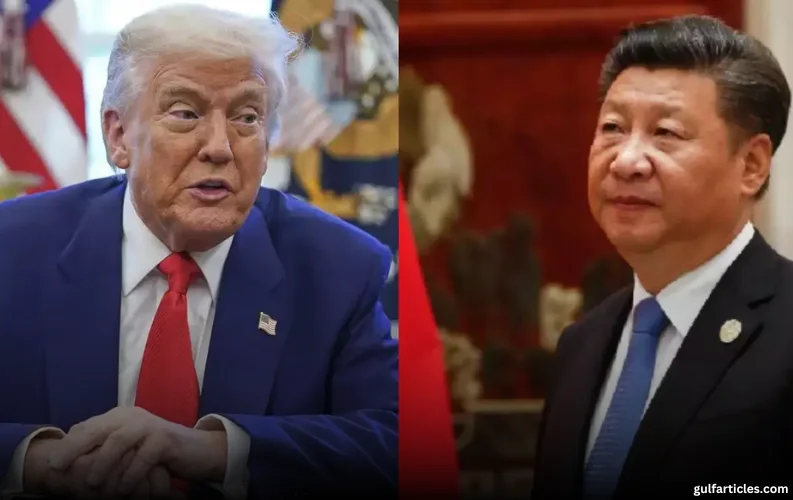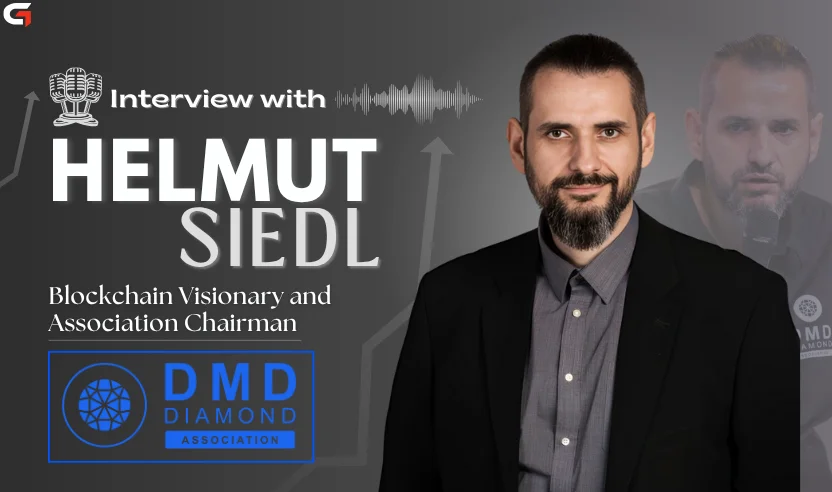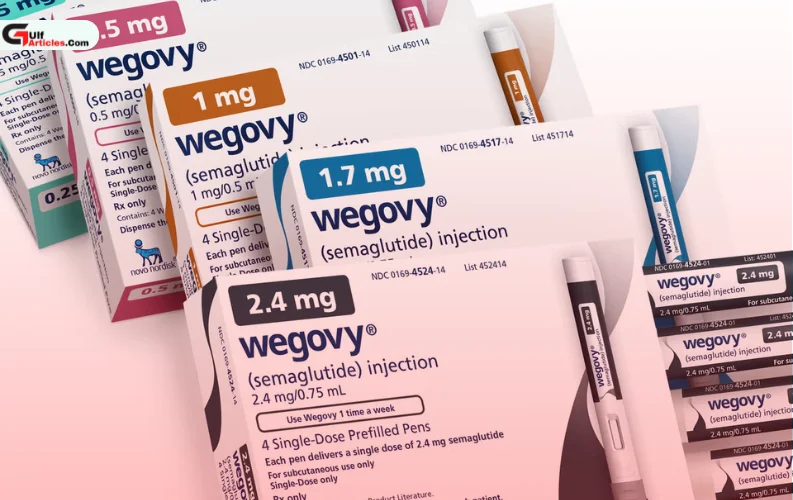Washington, D.C. – President Donald Trump has hit pause on a sweeping round of new tariffs just hours after they came into effect, offering a 90-day suspension for most U.S. trade partners. However, the tariff war with China has intensified, with the administration announcing an immediate increase in duties on Chinese imports to 125%.
The sudden policy shift comes in the wake of rising international concern and a week-long selloff that shook global markets. In a message posted to Truth Social, Trump said the decision to pause was aimed at encouraging dialogue with nations that had not retaliated against U.S. tariffs.
“I did a 90-day pause for the people that didn’t retaliate,” Trump said outside the White House, adding, “if you retaliate, we’re going to double it — and that’s what I did with China.”
Trump accused Beijing of showing a “lack of respect” for international trade norms. China responded with its own escalation, lifting tariffs on American imports from 34% to 84%, deepening fears of a prolonged standoff between the world’s two largest economies.
Timeline of the Escalation
Just last week, President Trump unveiled a bold plan to impose tariffs on all foreign imports, initiating what analysts are calling the largest reshaping of U.S. trade policy in decades. The plan introduced a baseline 10% tariff for most goods and included harsher rates for countries labeled as the “worst offenders” of unfair trade.
The initial list of targets included the European Union, Vietnam, South Africa, and others, with levies ranging from 11% to over 100%. China, already facing a 20% tariff earlier this year, was hit with an additional 34%, then another 50%, bringing its total to 104% by Tuesday.
When China didn’t back down, Trump raised the tariff again on Wednesday to 125%.
Markets React, Debt Yields Surge
Ahead of Trump’s announcement, investor anxiety led to a spike in U.S. government bond yields, with rates rising to 4.5%, the highest since February. But markets quickly reversed course once the 90-day suspension was confirmed.
-
S&P 500: +9.5%
-
Dow Jones Industrial Average: +7.8%
“It’s all going to work out amazing,” Trump said, expressing confidence that Chinese President Xi Jinping would eventually agree to a deal.
Global Reactions and Trade Forecasts
In the United Kingdom, which had already been subject to the 10% baseline tariff, Downing Street welcomed the U.S. decision not to raise further duties.
“A trade war is in nobody’s interests,” said a No. 10 spokeswoman. A senior source added that Washington’s pivot showed “cool and calm can pay off.”
China’s foreign ministry strongly condemned the tariff escalation.
“The U.S. continues to impose tariffs on China in an abusive manner,” said spokesperson Lin Jian, calling it “bullying” and demanding “mutual respect and reciprocity.”
The World Trade Organization warned that continued conflict between the U.S. and China could slash bilateral trade by up to 80%, equating to a potential $466 billion loss.
“Further escalation brings substantial global risks,” said WTO Director-General Ngozi Okonjo-Iweala.
What’s Exempt, What’s Not
While most countries now benefit from the 90-day pause and the 10% cap, certain tariffs remain in effect:
-
25% tariffs on imported cars and car parts (effective April 2)
-
25% duties on all steel and aluminium imports
-
European Union’s retaliatory tariffs, due to begin April 15, have yet to trigger U.S. escalation
Meanwhile, Canada and Mexico, longtime U.S. allies, were never subject to the new tariff regime, and the White House confirmed they will continue to be exempt.
The Road Ahead
As global leaders brace for further economic fallout, much depends on whether diplomatic efforts can ease tensions. Trump has hinted at a willingness to meet with President Xi, while Chinese officials remain firm in their stance.
Analysts say the next few weeks will be critical in determining whether the U.S.–China trade conflict becomes a prolonged economic battle or begins a path toward resolution.






















